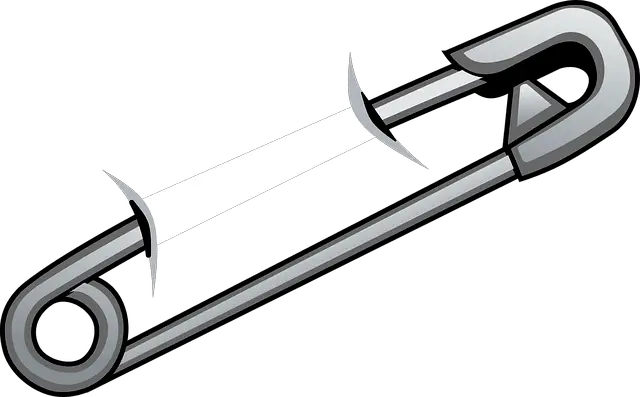Elastic is a great material to use for sewing because it is very versatile. It can be used to make things like skirts, dresses, and even pants more comfortable to wear. It’s a common sewing material that can be used to create gathering in fabric or to keep fabric snug against the body. If you’re looking to add a little bit of stretch to your next sewing project, then this article will show you how to sew elastic into fabric properly so that you can create beautiful garments and other items.
Sewing elastic into fabric is straightforward can be done at home with a few supplies. With a few simple steps, you can sew elastic into any type of fabric!
What you’ll need: materials and tools
First, you will need to gather your materials from your sewing kit.
- a piece of elastic
- a needle
- thread
- a safety pin or paperclip
Step 1: prepare the fabric
First, you’ll need to measure the elastic against the fabric ensuring that it is the correct size.
Step 2: cut and attach the elastic

Second, you’ll need to sew the elastic onto the fabric. This can be done by hand or with a sewing machine. If you’re looking to sew elastic into fabric, you’ll want to cut the elastic to the desired length but just make sure that the elastic is slight shorter than the fabric. Shorter fabric will allow the fabric to stretch as needed. You want to be careful not to sew the elastic too tightly into the fabric as this could cause it to tear. Once you’ve measured the elastic, you’ll want to pin it in place using a safety pin or paperclip. After you’ve pinned everything up, we are ready to start sewing!
Step 3: sewing the elastic
Next, thread the needle and tie a knot at the end of the thread. Put the needle through the end of the elastic where you want to start sewing and pull it through until there is a loop on one side and the rest of the elastic on the other. You are going to want to make sure that you leave a long tail of thread so you can tie it off later. Start sewing by going in and out of the fabric and pulling the thread tight as you go along.
Once you reach the end of the fabric, you want tie off the thread and trim any excess. We then want to sew it into place. To do that we’lluse a zigzag stitch. This will give the fabric extra stability and prevent the elastic from coming undone. You can find a zigzag stitch on most sewing machines. We are basically going to start by threading the needle and setting your stitches per inch (SPI) according to the width of the zigzag you want to create. Then, I always sew a few test stitches on a scrap piece of fabric to get the feel of the stitch before moving on to the project.
Once you’re ready to go back to the project, position your fabric under the needle so that the needle is in the center of the fabric. Start sewing slowly, and gradually increase your speed as you get comfortable with the rhythm of the stitch.
Be sure to stretch the elastic as you sew it in place. This will help prevent gathering in the fabric once it is completed.
Conclusion: Finishing Touches
Sewing elastic into fabric is a simple process that anyone can do with a little bit of practice. The best way to do it is to use a sewing machine, but it can also be done by hand. Whichever method you choose, make sure that the elastic is secure before you start sewing. With a few basic supplies and a little patience, you can create beautiful and unique garments that will fit you perfectly. So go out there and get started!